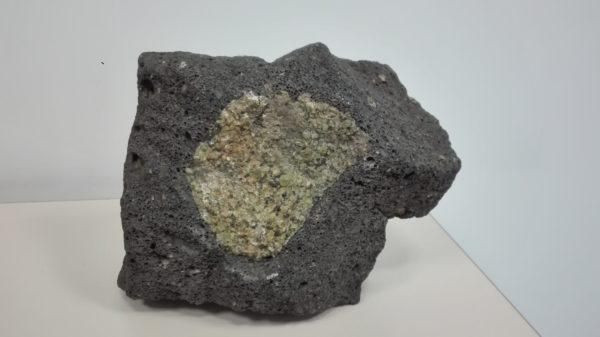Why Is Gold On Earth Found In Specific Regions Of The Planet?

Gold was , until recently, used as an international standard for currencies in the modern global financial system, but its use as a precious metal dates back thousands of years, the first reliable evidence going back 5,000 years in Egypt. Despite its long history as a valued commodity, and its natural occurrence in many places around the planet, there is still a lot we don’t know about how deposits of the yellow metal are formed.
An international team of researchers probing this question of gold’s origins on Earth — specifically why it is found in relative plenty in some places — found that processes in the planet’s mantle are a big factor affecting where the precious metal exists in the crust. Their findings were published recently in an open-access paper in the journal Nature Communications.
"The minerals we extract and which support our economy are located in the crust. And, although we are experts in taking advantage of them, we still know very little about their true origin. The search for gold has motivated migrations, expeditions and even wars, but its origin is one of the main questions in the field of mineral deposits genesis," José María González Jiménez, a researcher from the University of Granada and a co-author of the paper, said in a statement Tuesday.
Gold is thought to have formed in the universe due to collisions between neutron stars, or during the absorption of a neutron star by a black hole. Both the processes create ideal conditions for lighter elements to fuse together to form heavier elements, such as gold (it is 79th in the periodic table).
Gold on Earth existed at the time of its formation about 4.5 billion years ago, but with gold being among the heavier elements and the planet being molten at the time, almost all of the yellow metal likely sank into the planet’s core. Most of the gold that has been found over millennia — which is literally all the gold we see around us — is thought to have been delivered to the crust, and also to the mantle, by asteroids during an event called the Late Heavy Bombardment about 4 billion years ago.

According to the new research, which focused on "the region of the Deseado Massif at the Argentinean Patagonia, one of the largest auriferous provinces in the whole planet and whose gold mines are still being exploited," mantle plumes are responsible for bringing some of the gold from deep within Earth up to shallower depths from where it could be mined. And since these plumes — first theorized less than 50 years ago — are region-specific, so are the gold deposits.
Referring to a time when present-day Africa and South America — two of the world’s highest gold-producing regions — were one landmass, part of the supercontinent Gondwana, González Jiménez said the ascent of a mantle plume — it can be thought of as a narrow stream of hot or molten rock that rises through the mantle and spreads out under the crust, like a mushroom — caused the erstwhile supercontinent to break up.
"The ascent of said deep mantle plume generated a true chemical factory that enriched the mantle with metals, which would later generate the conditions for the creation of gold deposits. This time the process was caused by the movement of a tectonic plate under another, allowing the circulation of metal-rich fluids through the cracks, which precipitated the metals and concentrated them near the surface," he explained in the statement.
For the study, researchers analyzed xenoliths, which are small fragments from the planet’s mantle brought to the surface through volcano eruptions. The xenoliths used in the study had tiny gold particles, as thin as human hair.
© Copyright IBTimes 2024. All rights reserved.





















